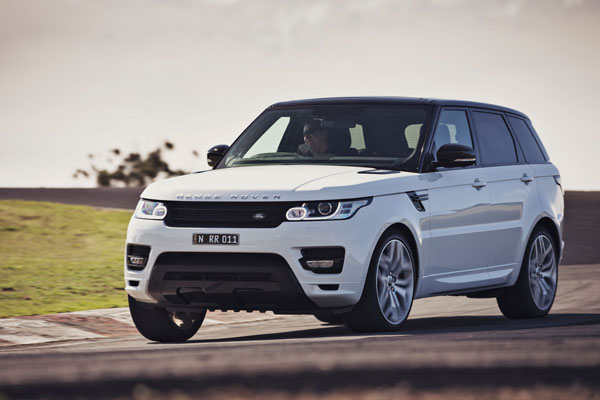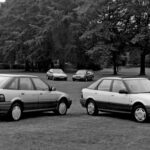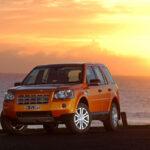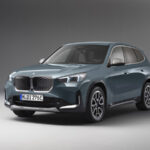History will probably judge the new Range Rover Sport as a pivotal vehicle in Land Rover’s 65 year career. For the first time the Sport badge is earned and lives up to the promise of something special.
To prove that, Land Rover took us to Hobart’s Baskerville Race Track where the vehicle’s nimble road presence could be shown off to its full extent. If humans could go on weight loss program as successfully as this SUV then the likes of Jenny Craig and Weight Watchers would be out of business. As much as 420 kg – or the combined weight of five 80 kg-plus adults – has been trimmed from Range Rover Sport’s body fat thanks to extensive use of aluminium in both the body and suspension. The platform alone is 39 kg lighter than the previous model.
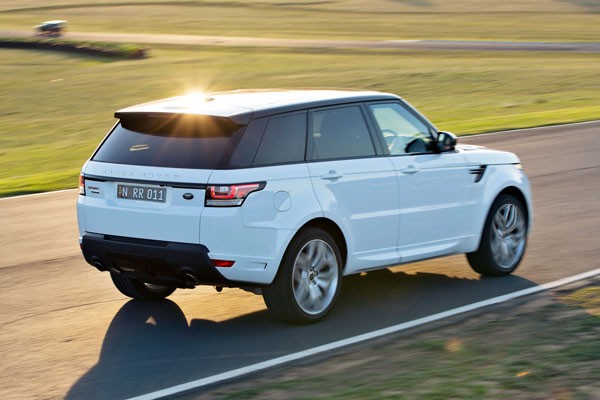
In the fastest Sport, the V8 Supercharged this means 0-100 km/h in just 5.3 seconds joined by handling that puts the Sport in a new class – a vehicle to be considered alongside Porsche Cayenne, Mercedes-Benz AMG63 and BMW X5 4.4. While the V8 Sport may not be quite as quick as these it has one trick up its sleeve that those vehicles don’t have. It is still awesome off-road as we found on the 4WD tracks at Baskerville.
The bottom line is a vehicle that is speed limited to 250 km/h that will take you off-road to places where many genuine off-roaders may falter, thanks to all-round wheel travel of 546 mm wading depth of and ground clearance of 278 mm (up 51 mm).
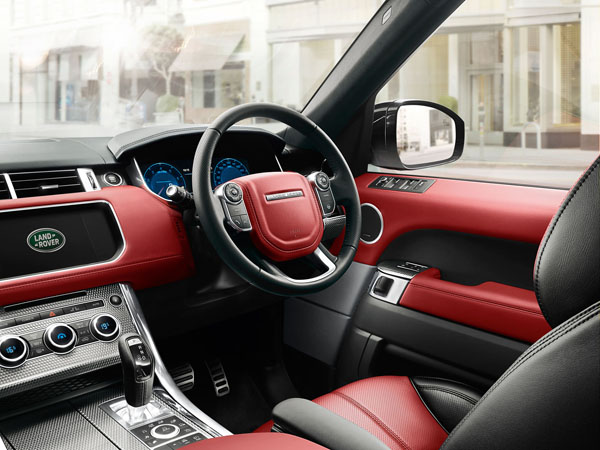
STYLE
Developed alongside Range Rover, Range Rover Sport shows elements of design cues developed in the Range Rover Evoque, particularly the rising shoulder line and diving roofline that are midway between Evoque and Range Rover. There are now shorter overhangs at the front and rear thanks to a 178 mm longer wheelbase meaning the wheels are closer to the corners, achieving a sporting, powerful stance. Add to this a choice of 19-inch, 21-inch and 22-inch wheels.
Evoque has been a world-wide success for Land Rover with conquest sales (from other brands) accounting for 80 per cent of sales and is arguably the world’s best looking SUV. Land Rover is hoping Range Rover Sport will to some degree emulate Evoque and bring new buyers to the brand.
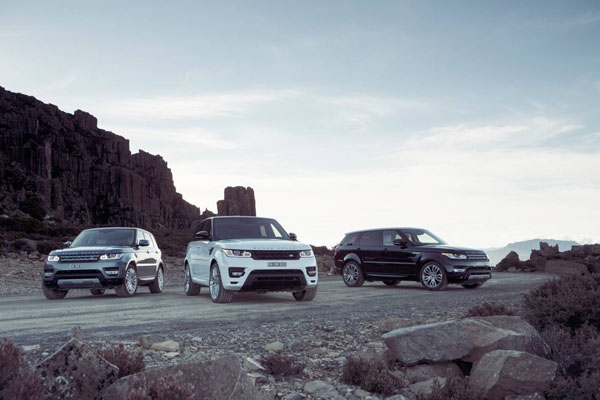 POWERTRAINS
POWERTRAINS
Range Rover Sport comes with four engine options: a 190 kW 3.0-litre TDV6 diesel, a 215 kW SDV6 diesel, a new 250kW 3.0-litre V6 and 375 kW 5.0-litre V8. Early in 2014 these engines will be joined by a 250 Kw 4.4-litre diesel version.
In April or May next year a hybrid diesel/electric model will also be available. Land Rover has strongly hinted at a four cylinder model in the pipeline.
The current models are all linked to an 8-speed ZF auto transmission. Two 4WD systems are now on offer, a dual range system and a single range AWD that is 18 kg lighter. All models have a 3.5-tonne braked towing capacity as well as adaptive hill descent control.
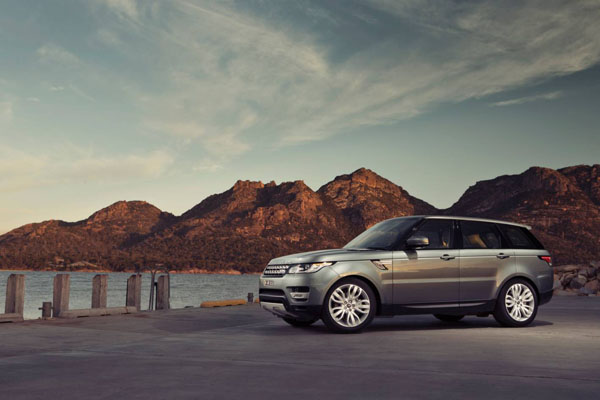 INTERIOR
INTERIOR
The new Sport is a five-seater but offers an optional third row of seating. This 50/50 split optional powered seating folds flat into the floor with no loss of cargo area.
The interior is beautifully crafted with an eye for detail and uses soft-finish materials in what is perhaps understated luxury. The driver’s seat is similar to that in Evoque which Land Rover calls the Sports Command Driving Position. Basically this means everything the driver needs – off-road or on – is at his/her fingertips.
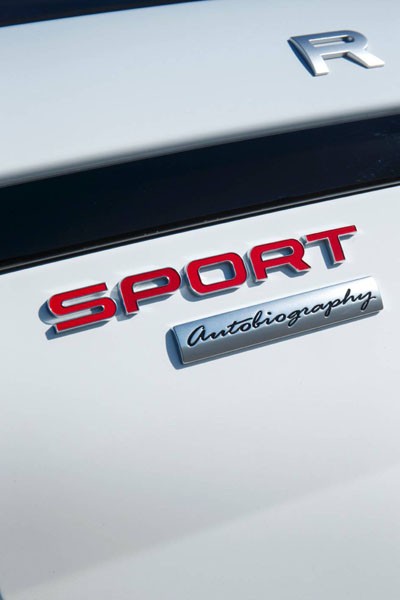 The steering wheel has been reduced in size, but is now thicker, the gear shifter is vertical and there’s mood lighting and a massive panoramic glass roof. The centre console is higher and more user-friendly. Rear seat passengers get 24 mm more knee room and the cabin is also slightly wider.
The steering wheel has been reduced in size, but is now thicker, the gear shifter is vertical and there’s mood lighting and a massive panoramic glass roof. The centre console is higher and more user-friendly. Rear seat passengers get 24 mm more knee room and the cabin is also slightly wider.
DRIVING
What really puts the sport in Sport is the Torque Vectoring system that is standard on the V8 supercharged variant and optional on the SDV6 models. This takes Range Rover Sport’s on-road ability to a new level and offers enthusiastic drivers unprecedented – for Land Rover – responsive handling and cornering. The system is not available on TDV6 or V6 models.
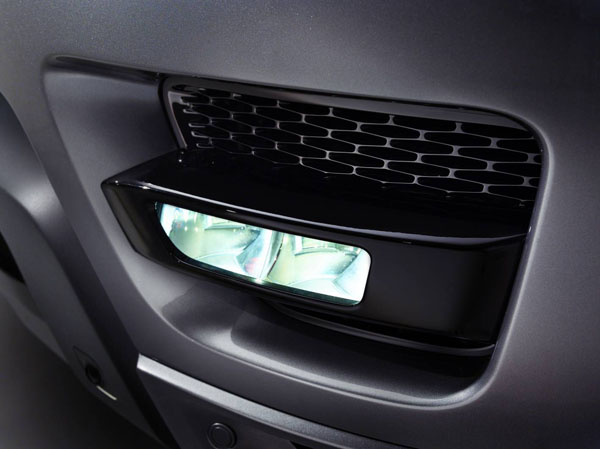 Range Rover Sport is a superb on-road SUV, however the Torque Vectoring models are on a different plane to the non Torque Vectoring models. The V8 exudes an exhaust note that under load is barely short of motoring opera.
Range Rover Sport is a superb on-road SUV, however the Torque Vectoring models are on a different plane to the non Torque Vectoring models. The V8 exudes an exhaust note that under load is barely short of motoring opera.
Our stint on the Baskerville tarmac revealed a true sports SUV that corners flatly and accelerates effortlessly. Driven at 80 per cent the vehicle simply flows with a dab on the brakes every now and then on the tighter corners.
We took a TDV6 SE model off-road – one that was fitted with the single range AWD system, so there was no low range fall back. With the transmission handling the torque in first gear the Rangy lapped up whatever we threw at it thanks to having the basics right: ground clearance, air suspension that lifts the body, the long wheel articulation and the Terrain Response 2 system dial that tunes the car for various off-road situations including grass, gravel, snow, mud/ruts, sand and rock. This system is not on the TDV6 which has four mode Terrain Response instead.
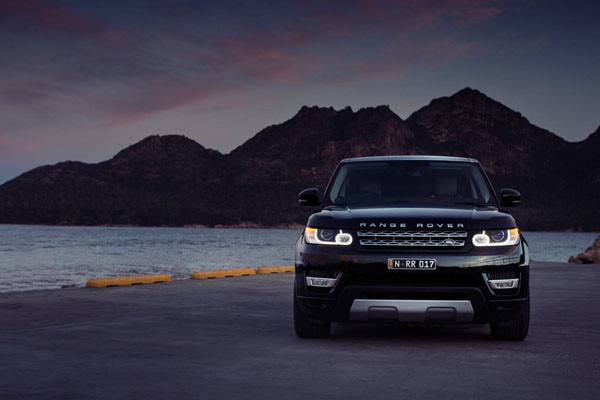 The complete 2013 Range Rover Sport range is:
The complete 2013 Range Rover Sport range is:
3.0 L TDV6 190 kW diesel SE: $102,800
3.0 L SDV6 215 kW diesel SE: $113,600
3.0 L SDV6 215 kW diesel HSE: $125,800
3.0 L SDV6 215 kW diesel Autobiography: $145,500
3.0 L V6 Supercharged 250 kW petrol: $123,100
5.0 L V8 Supercharged 375 kW petrol HSE Dynamic: $161,600
5.0 L V8 Supercharged 375 kW petrol Autobiography Dynamic: $182,400
Note: These prices do not include government or dealer delivery charges. Contact your local Land Rover dealer for driveaway prices.




